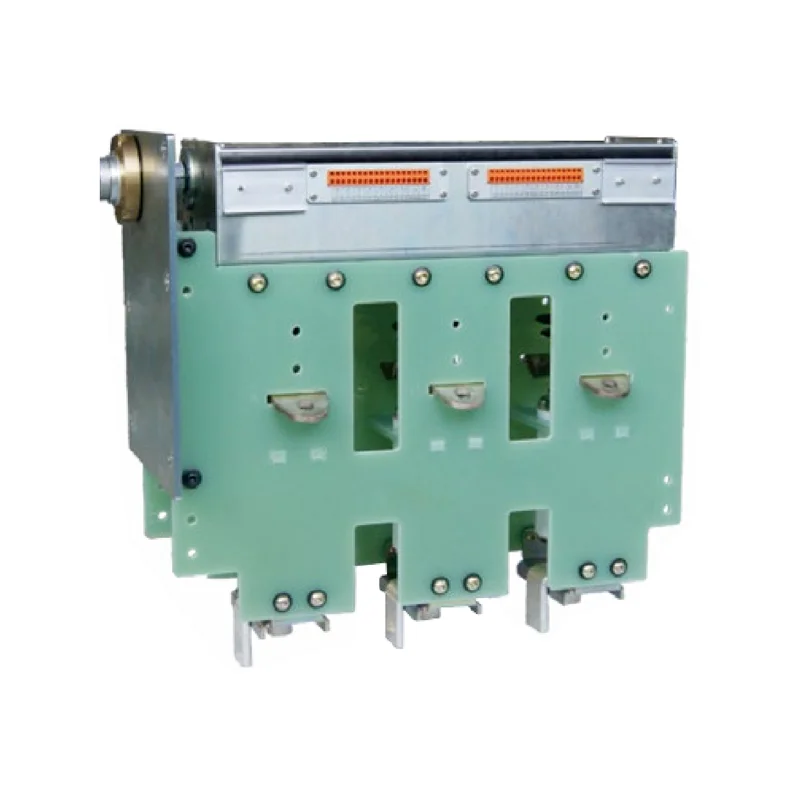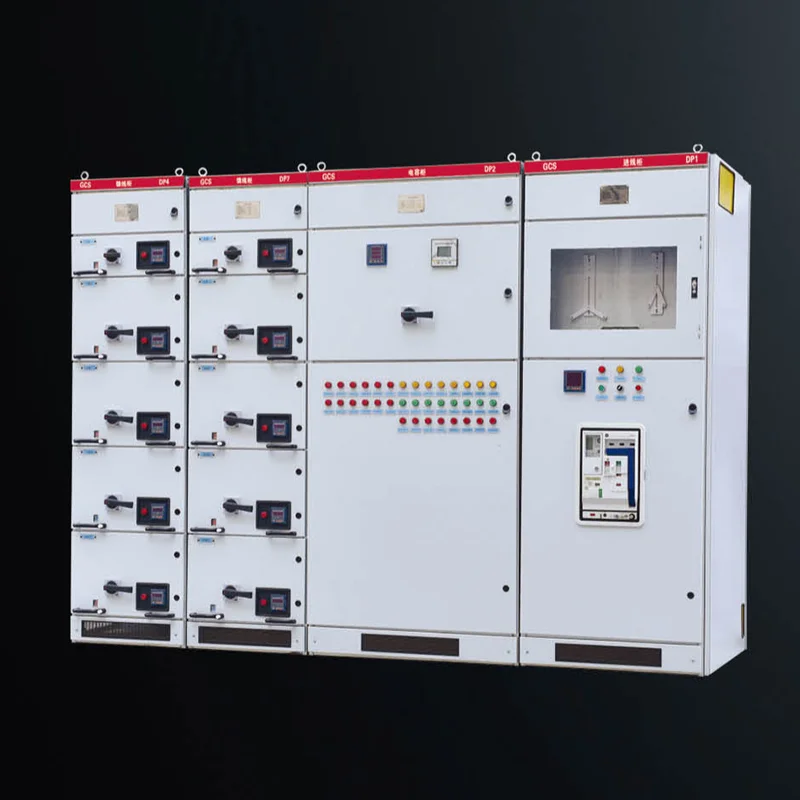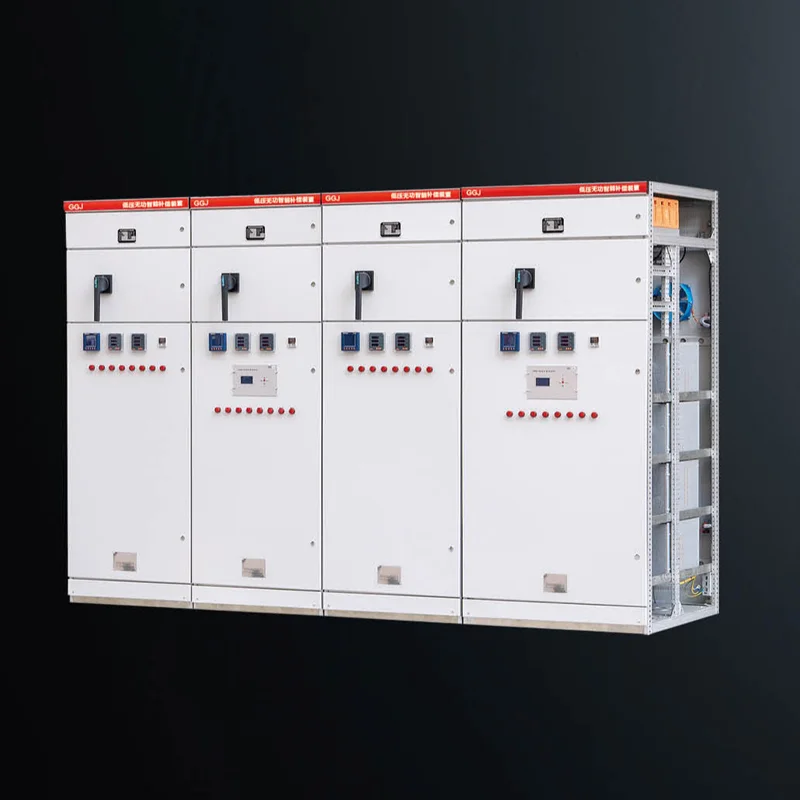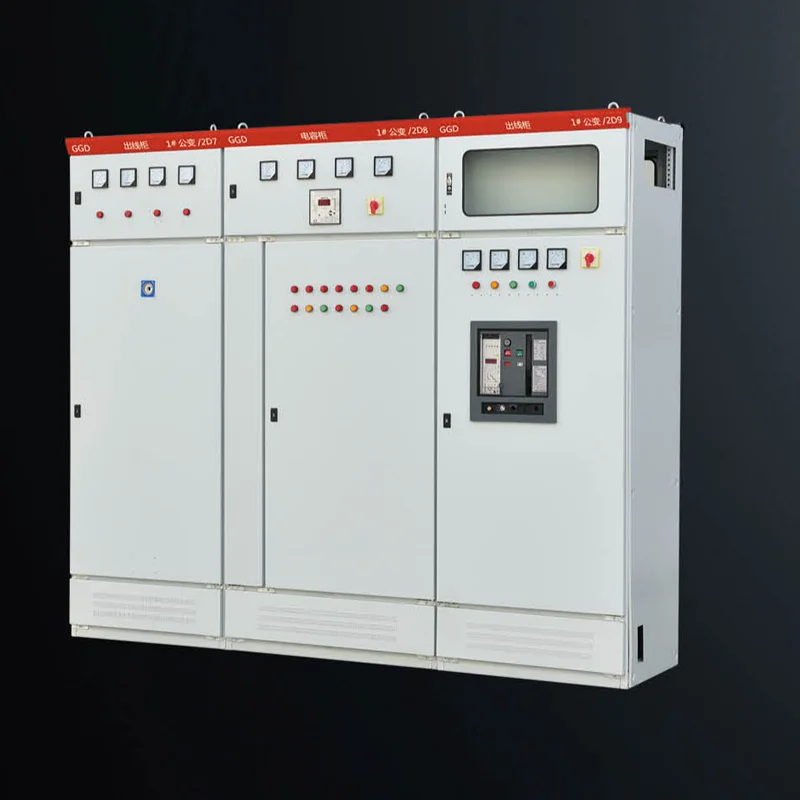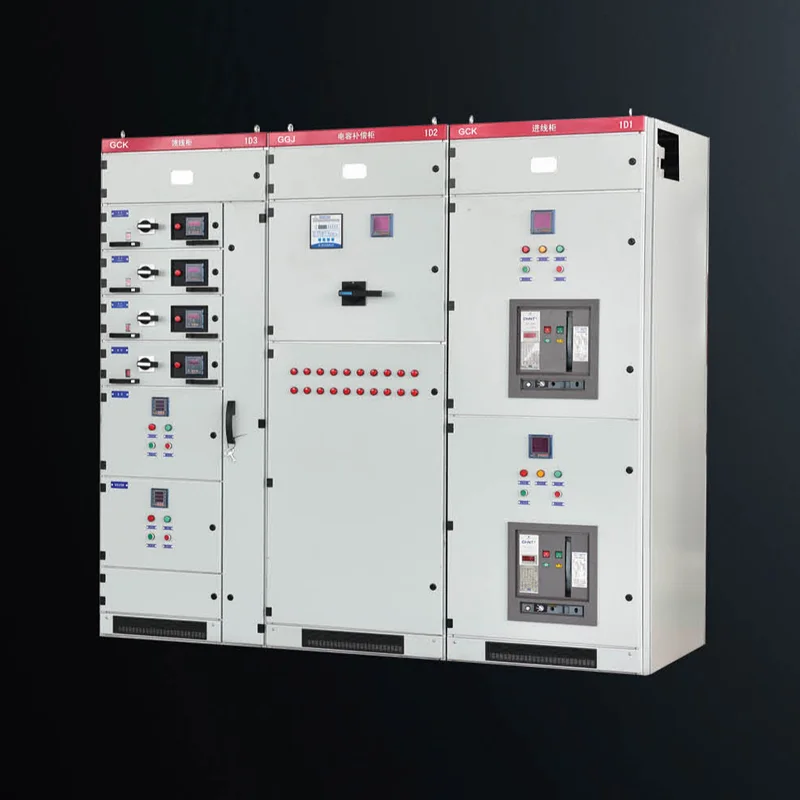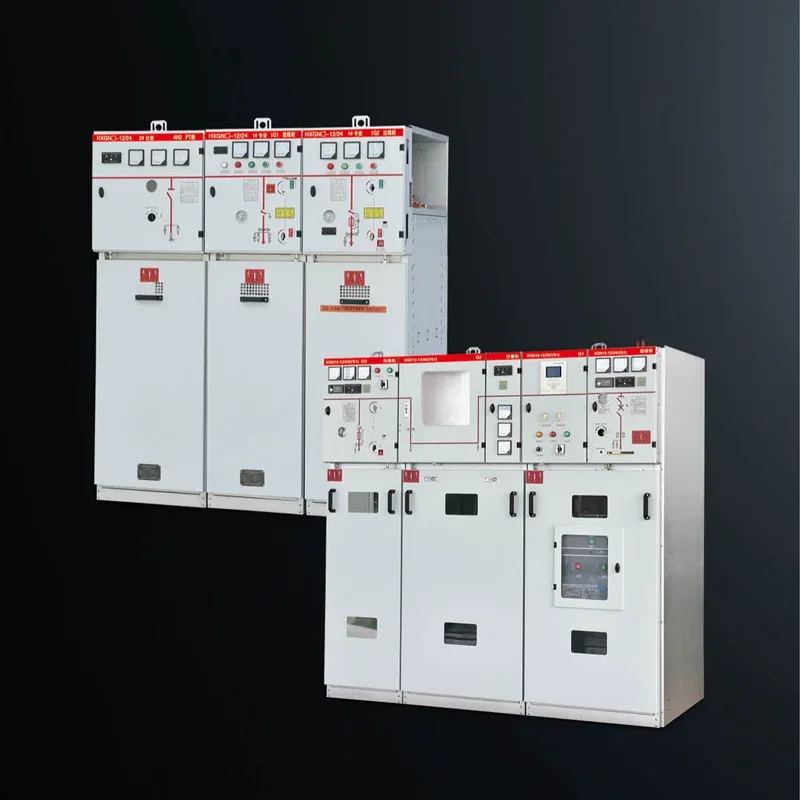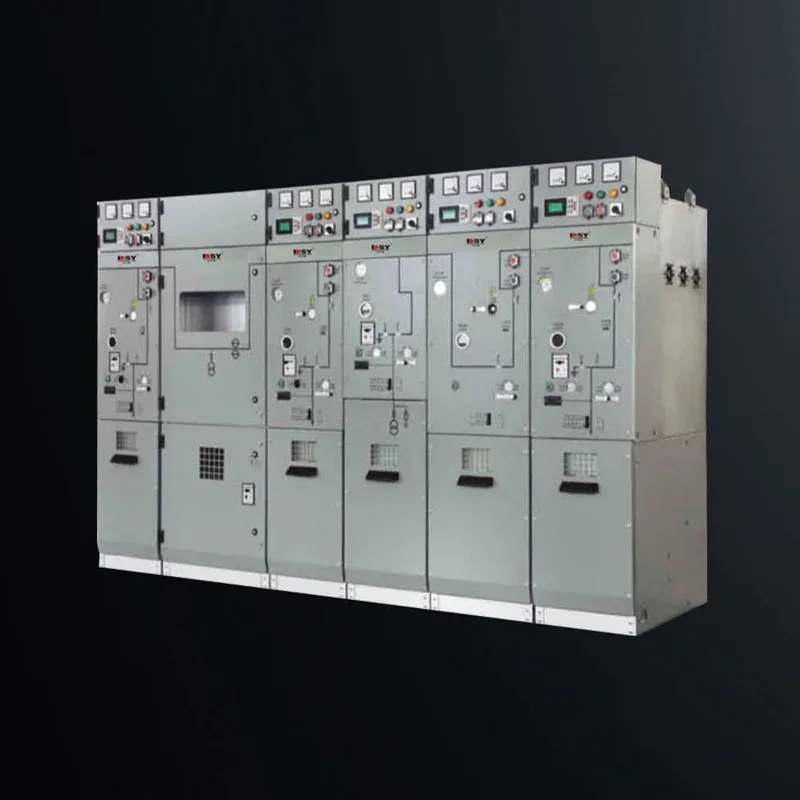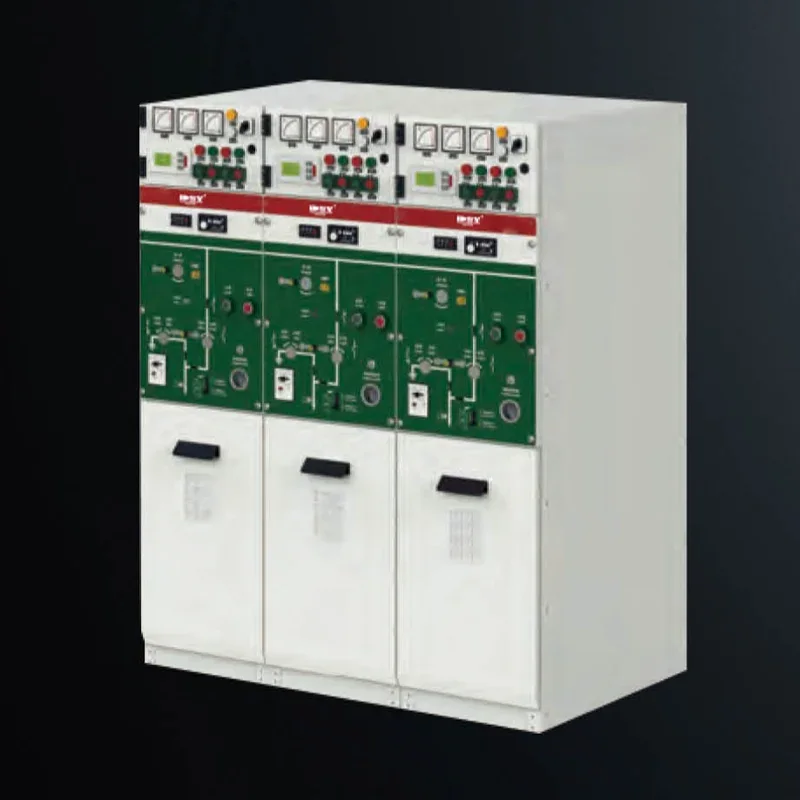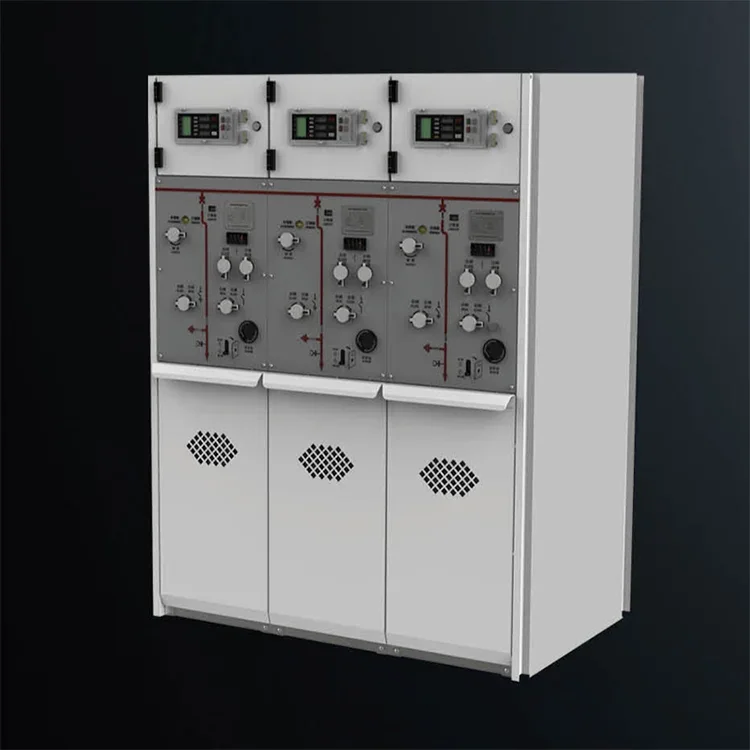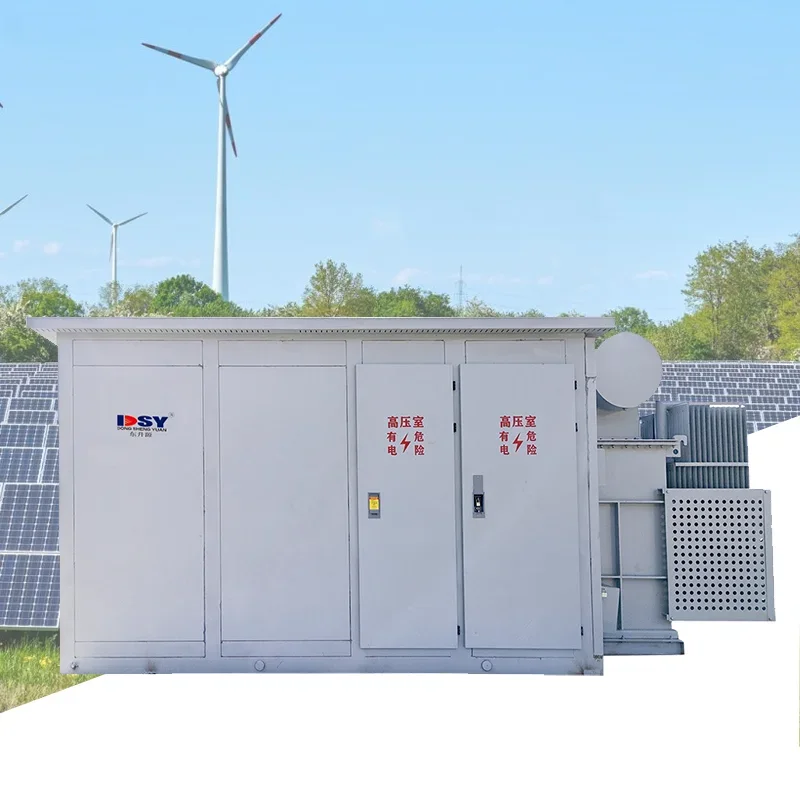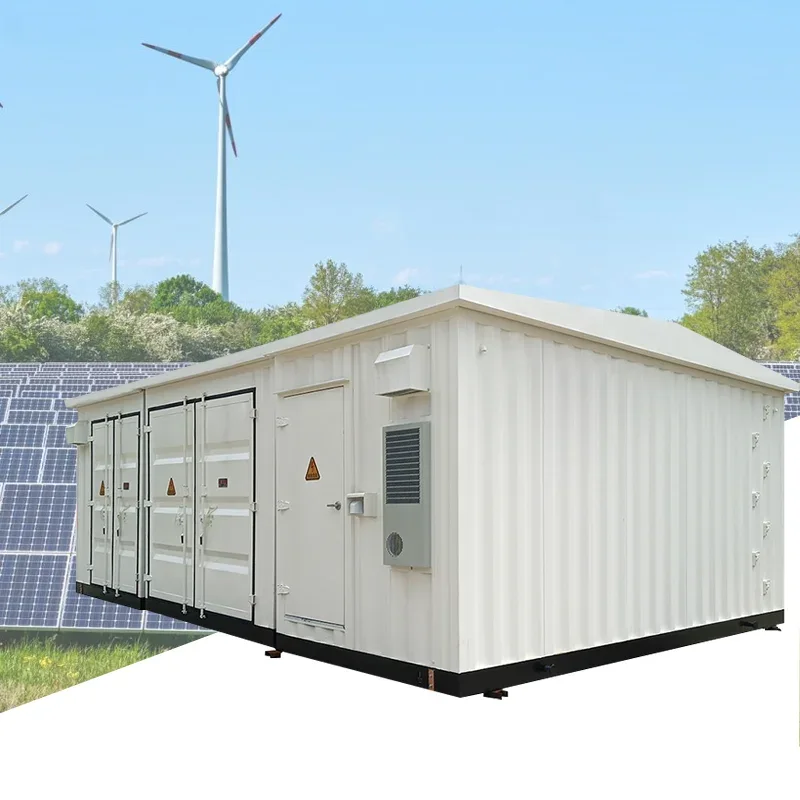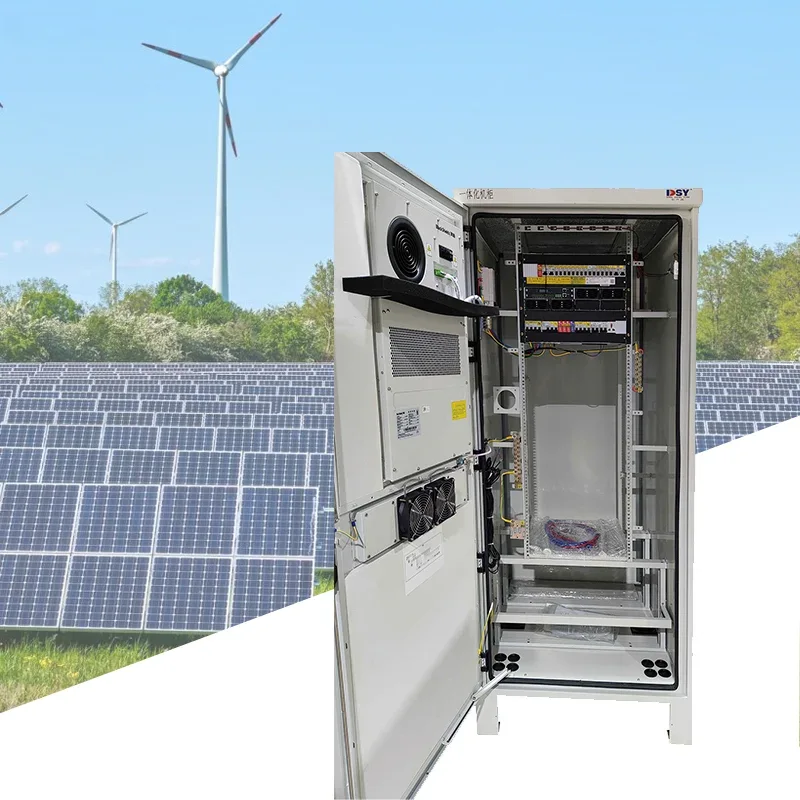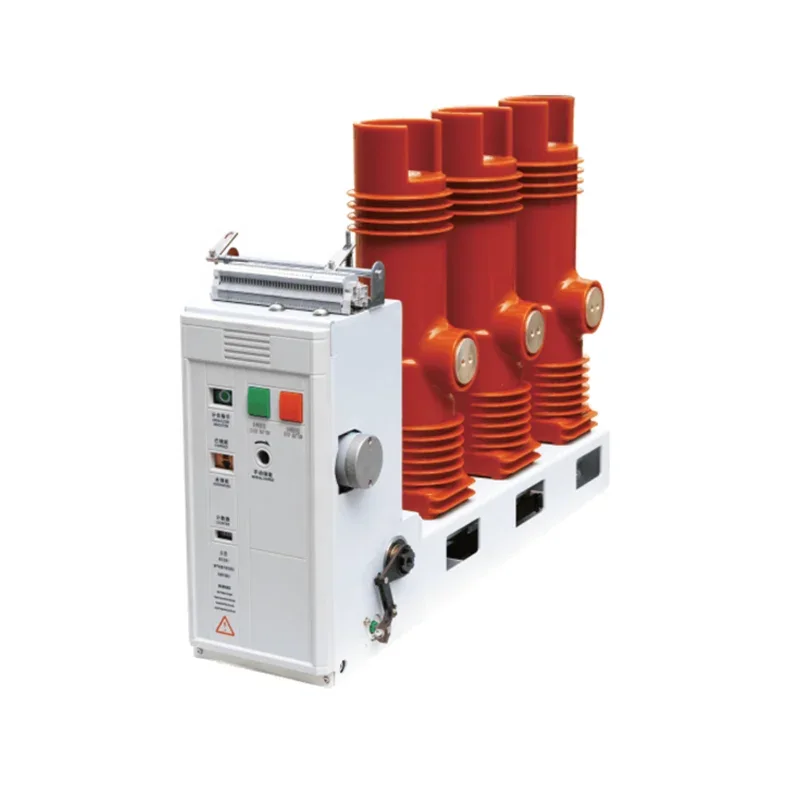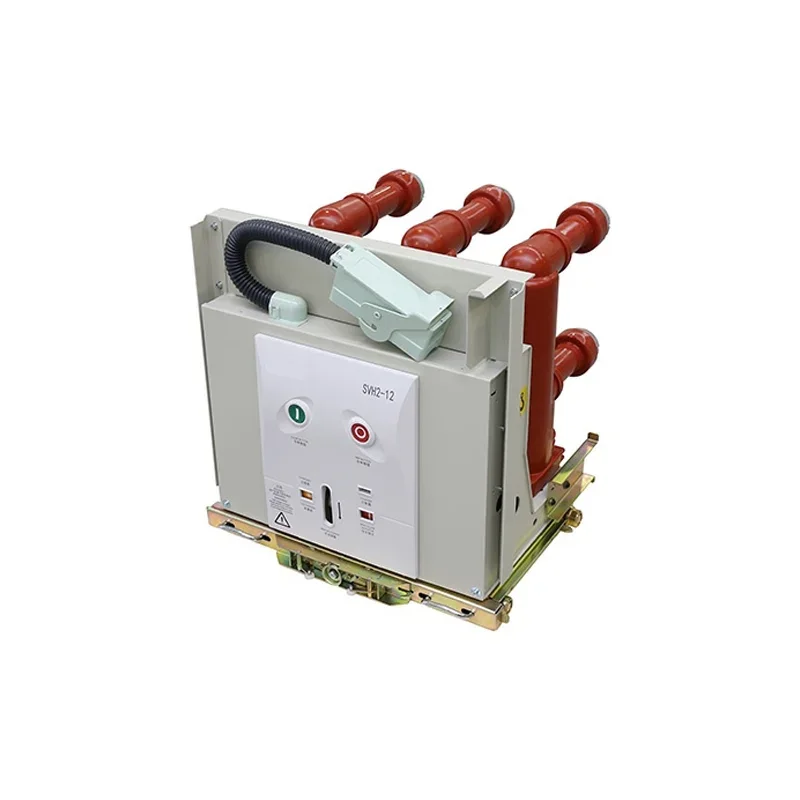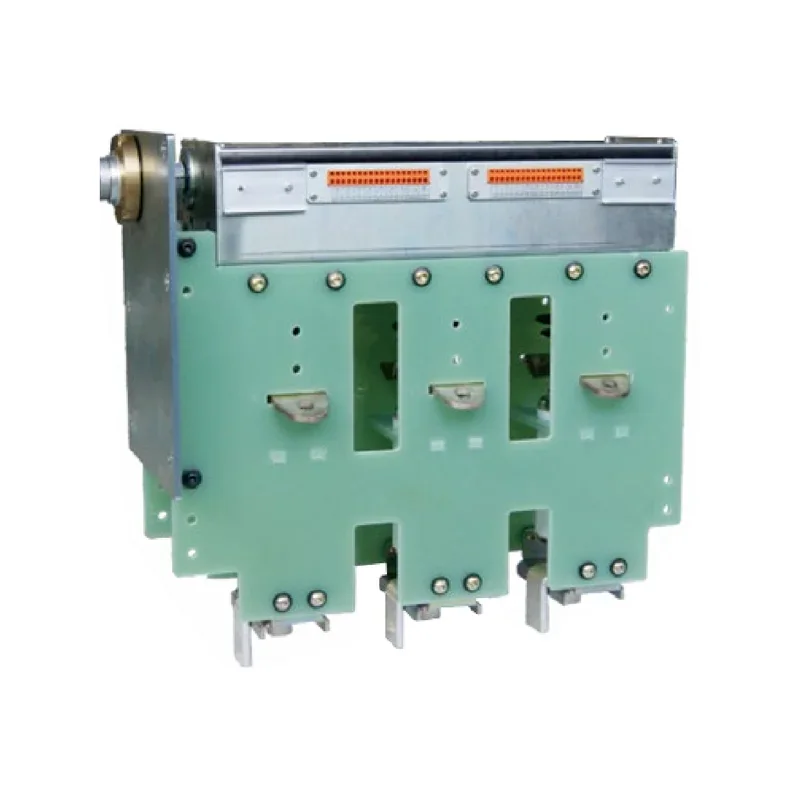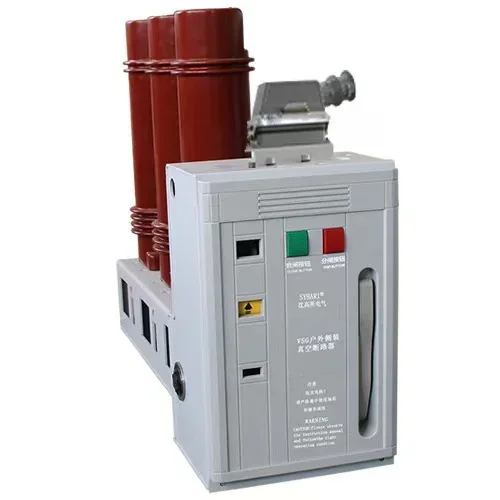How RMU Switchgear Enhances Network Stability and Performance
Understanding RMU Switchgear and Its Role in Network Systems In the rapidly evolving landscape of network architecture, ensuring both stability and performance is crucial for any organization. RMU (Ring Main Unit) switchgear stands out as a pivotal component in achieving these goals. This article explores the multifaceted advantages of RMU switchgear, its operational mechanisms, and its impact o
Aug 06,2025
Understanding RMU Switchgear and Its Role in Network Systems
In the rapidly evolving landscape of network architecture, ensuring both stability and performance is crucial for any organization. RMU (Ring Main Unit) switchgear stands out as a pivotal component in achieving these goals. This article explores the multifaceted advantages of RMU switchgear, its operational mechanisms, and its impact on network performance.
What is RMU Switchgear?
RMU switchgear refers to a compact, enclosed assembly that integrates various electrical components, including circuit breakers, switches, and bus bars. These units are primarily used in medium-voltage distribution networks, enhancing the reliability and efficiency of electrical systems.
Key Components of RMU Switchgear
RMU switchgear typically consists of the following components:
- Circuit Breakers: Automatically disconnect circuits during faults to prevent equipment damage.
- Load Break Switches: Enable safe switching and isolation of circuits under load conditions.
- Bus Bars: Conduct electricity between various components within the switchgear.
- Protection Relays: Monitor electrical parameters and trigger circuit breakers during faults.
Enhancing Network Stability with RMU Switchgear
One of the primary advantages of RMU switchgear is its ability to enhance network stability. Here’s how:
1. Improved Fault Management
In a typical network, faults can lead to significant downtime and damage. RMU switchgear employs advanced fault detection mechanisms, allowing for quick isolation of the faulted section. This minimizes disruption and maintains overall network integrity.
2. Redundancy and Reliability
By incorporating redundancy into the design, RMU switchgear ensures that, should one path fail, the network can reroute power efficiently. This dual-path capability enhances reliability, especially in critical applications where uninterrupted power is essential.
3. Compact Design for Space Efficiency
Modern RMU switchgear is designed to occupy minimal space while maximizing functionality. This compact nature allows for easier installation in urban settings where space is at a premium, contributing to a more stable and organized network layout.
Real-World Applications of RMU Switchgear
RMU switchgear finds its application across various sectors:
- Utilities: Used in substations to manage and distribute electricity efficiently.
- Commercial Buildings: Enhances power distribution in office complexes and shopping centers.
- Industrial Facilities: Provides robust solutions for factories requiring heavy machinery operations.
How RMU Switchgear Boosts Network Performance
Network performance isn't just about stability; it's also about efficiency and speed. RMU switchgear contributes to improved performance in several ways:
1. Enhanced Load Management
With integrated monitoring systems, RMU switchgear allows for real-time load management. This capability ensures that circuits operate within safe parameters, preventing overloads and optimizing energy consumption.
2. Increased Service Continuity
By facilitating regular maintenance without disrupting the entire network, RMU switchgear enhances service continuity. This feature is critical in environments where uptime is paramount, such as data centers and hospitals.
3. Environmentally Friendly Solutions
Modern RMU switchgear utilizes eco-friendly insulation and materials, contributing to sustainability. By reducing energy losses and utilizing efficient designs, it aligns with global sustainability goals, making it a preferred choice for forward-thinking organizations.
Technological Advancements in RMU Switchgear
The evolution of RMU switchgear continues with technological advancements:
- Smart Grid Integration: RMU switchgear now offers smart grid compatibility, allowing for better integration with digital technologies.
- Remote Monitoring: Advanced systems enable remote diagnostics, making maintenance more proactive and reducing downtime.
- Modular Designs: New designs allow for easy upgrades as technology evolves, ensuring longevity and adaptability.
Choosing the Right RMU Switchgear for Your Network
Selecting the appropriate RMU switchgear for your network involves several considerations:
1. Assessing Voltage Requirements
Understanding the voltage levels your application demands is crucial. RMU switchgear is available in various ratings, suitable for different industrial and commercial applications.
2. Evaluating Space Constraints
Due to their compact size, RMU switchgear can fit into limited spaces. However, evaluating the physical footprint required for installation is still necessary.
3. Analyzing Future Needs
Consider your future network expansion plans. Opt for RMU switchgear that allows for scalability, ensuring it can accommodate growing demands without necessitating a complete overhaul.
Installation and Maintenance of RMU Switchgear
Proper installation and maintenance are vital to maximizing the benefits of RMU switchgear:
- Professional Installation: Engage qualified professionals for installation to ensure compliance with safety standards and operational efficiency.
- Regular Maintenance Checks: Schedule routine maintenance to identify potential issues before they escalate, ensuring continuous operation.
- Training Personnel: Equip your team with knowledge about RMU switchgear operations and troubleshooting to enhance on-site efficiency.
FAQs About RMU Switchgear
1. What is the typical lifespan of RMU switchgear?
The lifespan of RMU switchgear typically ranges from 20 to 40 years, depending on usage and maintenance practices.
2. How does RMU switchgear contribute to energy efficiency?
By minimizing energy losses and allowing for better load management, RMU switchgear significantly contributes to overall energy efficiency in network operations.
3. Can RMU switchgear be integrated into existing networks?
Yes, RMU switchgear can often be integrated into existing networks, but a comprehensive assessment is necessary to ensure compatibility.
4. What safety features are included in RMU switchgear?
Safety features often include automatic fault isolation, protective relays, and physically secure enclosures that minimize risks of electric shock and equipment damage.
5. Are there specific brands of RMU switchgear that are recommended?
While many reputable brands offer RMU switchgear, it’s essential to evaluate their specifications, customer support, and service agreements before making a choice.
Conclusion
In an age where network stability and performance are non-negotiable, RMU switchgear emerges as a vital asset. By providing enhanced fault management, reliability, and operational efficiency, RMU switchgear not only optimizes network performance but also aligns with the growing demand for sustainable solutions. As organizations continue to rely on sophisticated networks, investing in quality RMU switchgear is not just a choice but a necessity for a future-proof infrastructure.
PREVIOUS:
Related News
From June 5th to 8th, 2025, Shenzhen Dongshengyuan Electrical Equipment Co., Ltd. (hereinafter referred to as "Dongshengyuan Electric") participated in the Southeast Asia Electricity and Energy Exhibition (SEAPAE) held in Jakarta, Indonesia. During the exhibition, the company highlighted its three core product lines: high-voltage and low-voltage distribution switchgear, intelligent circuit breakers, and environmentally friendly load switches. These products are designed to provide targeted solutions for the high temperature and high humidity environments commonly found in Southeast Asia, as well as the growing demand for new energy access. They have successfully attracted over 200 industry customers for business negotiations.
The difference between circuit breakers and vacuum circuit breakers
Circuit breaker is an abbreviation for pole type circuit breaker. Circuit breakers are also vacuum circuit breakers

